During the time of the Medici, this majestic hall, made as the Salone dei Forestieri (Hall for Guests) for Grand Duke Ferdinando I (1549-1609) to house important visitors, was formerly the antechamber to the apartment of the “Cardinals and Foreign Princes” (now known as the “Apartment of the Tapestries”).
Around 1638, the room was decorated with 3 large monochrome pictures painted in 1589 by Ludovico Cigoli (1559-1613), Francesco Mati and Alessandro Allori (1535-1607) for the wedding of Ferdinando I and Cristina of Lorraine (1565-1637). It later became the drawing room of the apartment of Violante of Bavaria (1673-1731), wife of the Grand Prince Ferdinando (1663-1713).
During the House of Lorraine Period, it was transformed, at the wishes of Grand Duke Peter Leopold, into a sumptuous ballroom (still the largest room in the whole Palace) and was decorated, in high-relief stucco, between 1774 and 1776, by famous stucco makers Grato and Giocondo Albertolli, two brothers from Lugano who were hired by the Grand Duke to also decorate the ballroom of Villa del Poggio Imperiale. The result was so surprising that the Grand Duke decided not to cover the stuccos with gold but, as suggested by the stucco plasterers themselves, left them white, thus giving it the name White Hall (Sala Bianca)
All based on symbols of Neo-Classicism, the rich ornamental style of the stucco works adds a refined elegance to the room which is accentuated by the brightness of the white standing out against the pastel colors (pink, green and ochre) on the walls. After the latest restoration interventions, the delicate tones of these colors were brought back to light.
The side walls are spaced, at intervals, with Corinthian pilasters and large doorways richly decorated with frames that culminate in segmental pediments leading into the rooms adjacent to the ballroom.
This decorative setting, with its extremely modern, clean geometric style, was enriched with the sumptuous mirrors (from Paris) and 11 chandeliers (purchased in 1785 from the shop-emporium of Giacinto Micali in Livorno). To provide a symmetrical division of space and light, a larger chandelier was placed in the center and 10 on the sides of the room (4 on the long sides and 2 on each of the shorter ones). The pavement, of fictive Venetian mosaic, dates from 1829.
In the period just after World War II, this stunning ballroom became the important setting for international fashion. In 1951, the first catwalk show was organized here by Giovanni Battista Giorgini and, for the following 30 years, the fashion parades in the White Hall have played an important role in spreading the international quality of fashion, making the ‘Pitti’ name world-renowned. Today, the White Room is often used for temporary exhibitions.
White Hall: Pitti Palace, Piazza de’ Pitti, 1, Florence, Italy. Tel:+39 055 294883. Open Tuesdays-Sundays, 8:15 AM – 6:50 PM. Admission: Palatine Gallery (€8.50), Silver Museum (€6.00), Gallery of Modern Art (€8.50), Costume Gallery/Porcelain Museum/Boboli Gardens/Bardini Garden (€6.00).
How to Get There: Take the C3 or D bus to the Pitti stop.

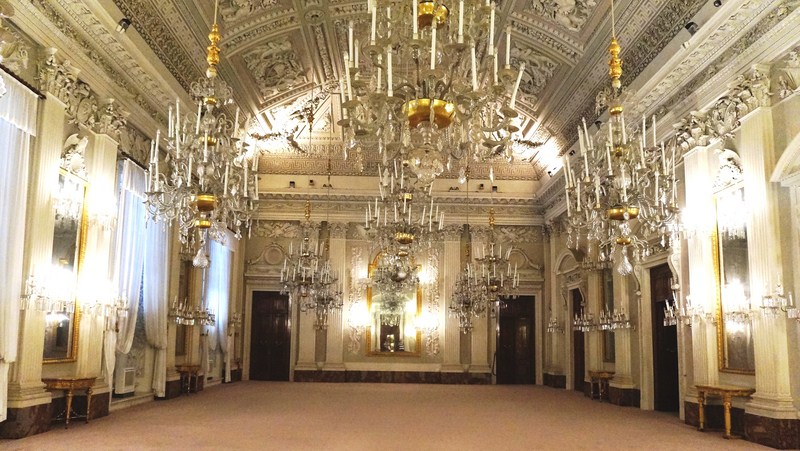
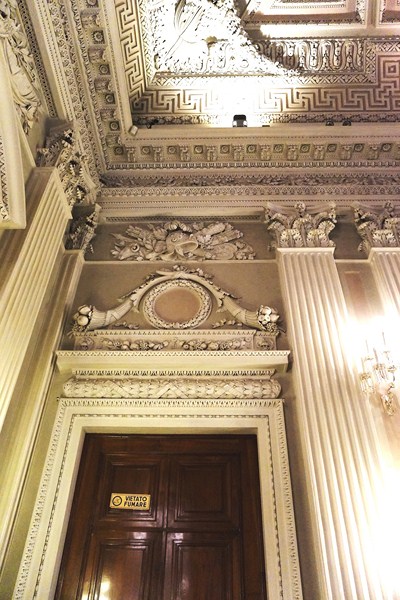
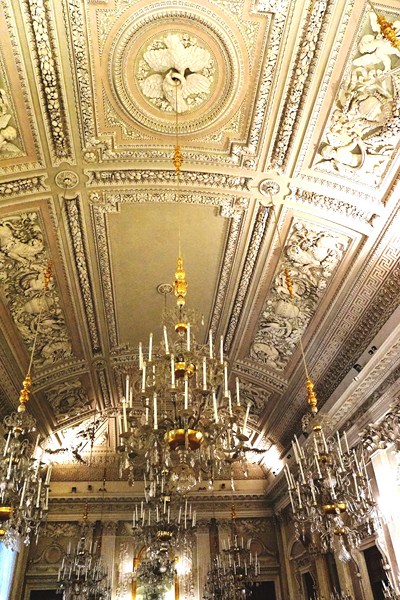
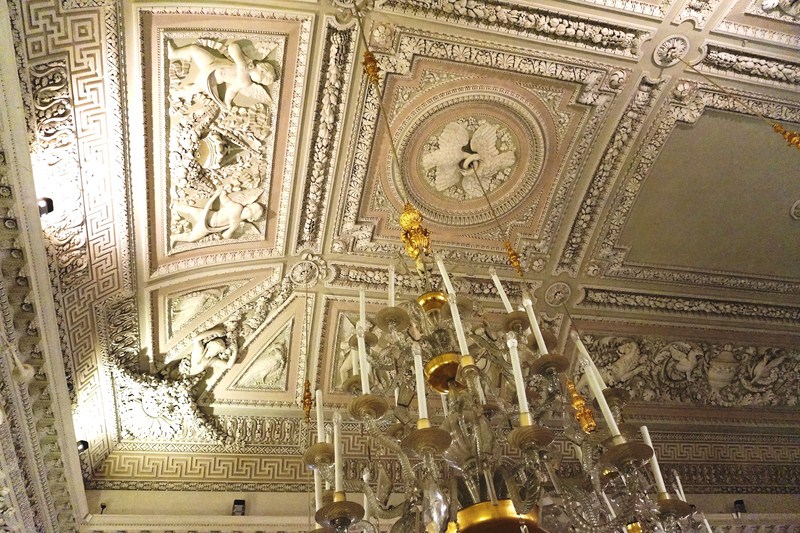
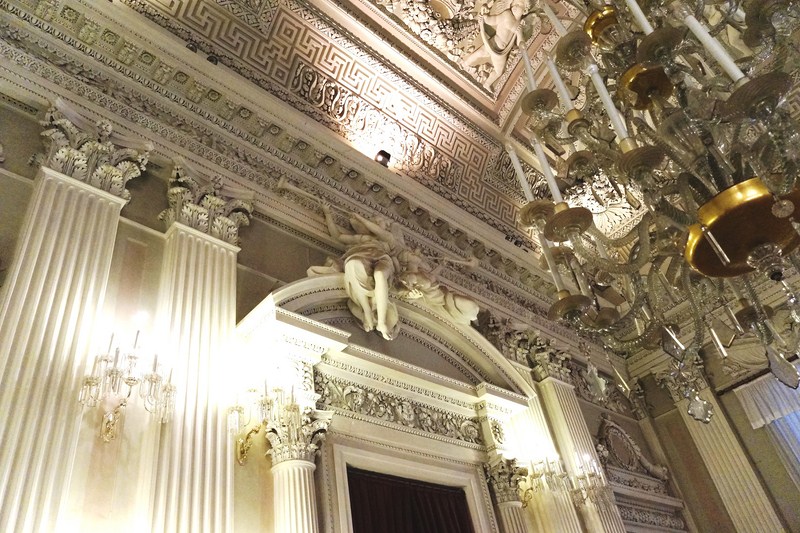
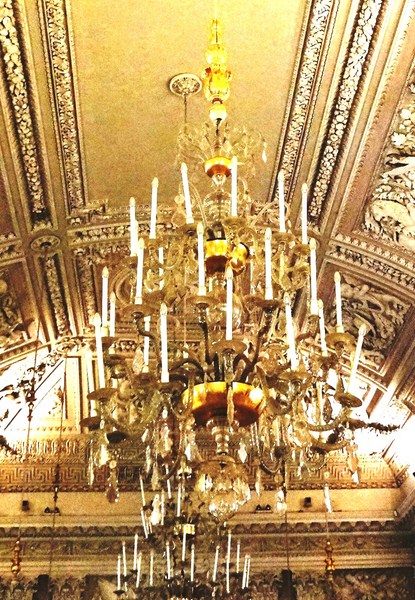
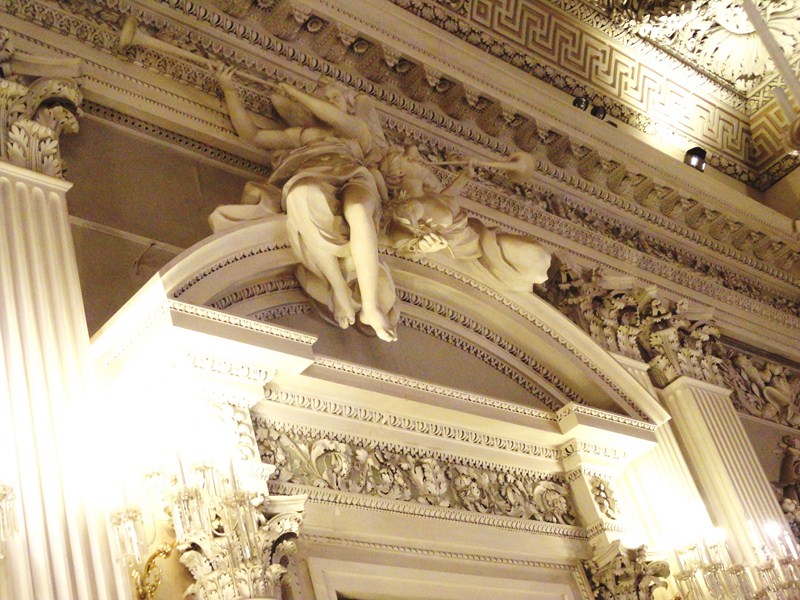
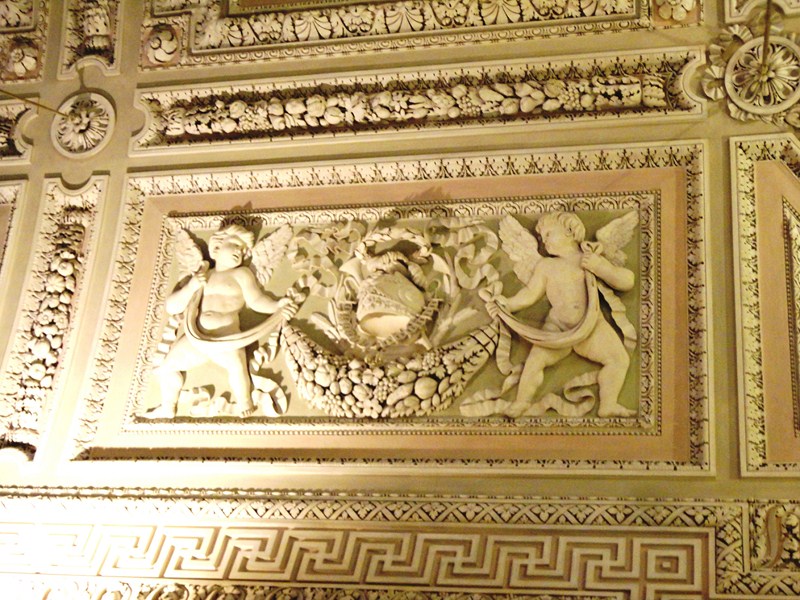
Pingback: My Homepage